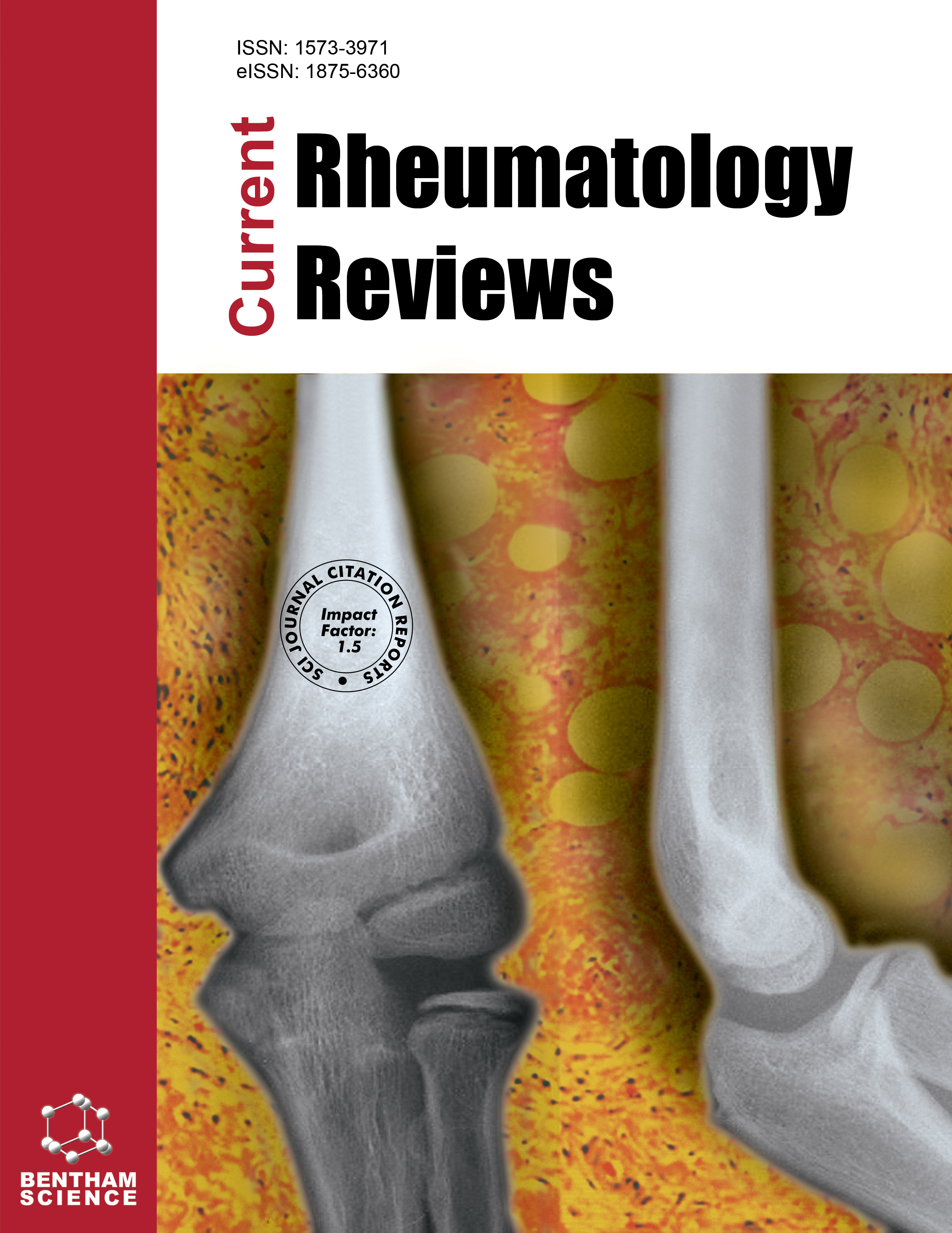-
s The Value of Nailfold Capillaroscopy in the Classification and Differential Diagnosis of Raynaud's Phenomenon in Rheumatology
- Source: Current Rheumatology Reviews, Volume 20, Issue 2, May 2024, p. 108 - 114
-
- 01 May 2024
Abstract
Among instrumental techniques, nailfold capillaroscopy plays a leading role in the assessment of Raynaud's phenomenon (RP) patients because it is the only method that provides opportunities for morphological assessment of capillaroscopic findings in the nailfold area, with proven diagnostic and prognostic significance in rheumatology. The discussion about updating the classification of RP in rheumatology is interesting given the current understanding of capillaroscopic findings in rheumatic diseases and improvements in immunological diagnostics. The presence of dilation of the “true” capillary diameters in primary RP could be observed. There are some cases of primary RP where the capillaroscopic pattern is completely normal and there are no dilated capillaries present, which could be related to the duration and severity of the symptoms. It is possible that longer duration and greater severity are associated with the appearance of capillary dilations, but more research is needed to confirm it. Rarely, pathological capillaroscpic features of microangiopathy could be observed in RP patients in whom clinical, laboratory and immunological findings are compatible with the diagnosis “primary RP”. These cases should be defined as “suspected secondary RP” and require closer follow-up for the assessment of symptom evolution. Abnormal “scleroderma” type capillaroscopic pattern has been established as a new classification criterion for systemic sclerosis (SSc) in 2013. Similar changes (“scleroderma-like” pattern) could be observed in other rheumatic diseases, i.e., undifferentiated connective tissue disease (UCTD), systemic lupus erythematosus, dermatomyositis, rheumatoid arthritis, including without evidence of overlap with scleroderma. The appearance of such microvascular abnormalities at disease presentation is less well studied in diseases different from SSc. However, “scleroderma-like” microangiopathy has also been reported as an initial sign in some systemic rheumatic diseases, such as UCTD and systemic lupus erythematosus. Thus, interpretation of capillaroscopic findings is performed in overall context, including clinical findings and laboratory and immunological test results.


